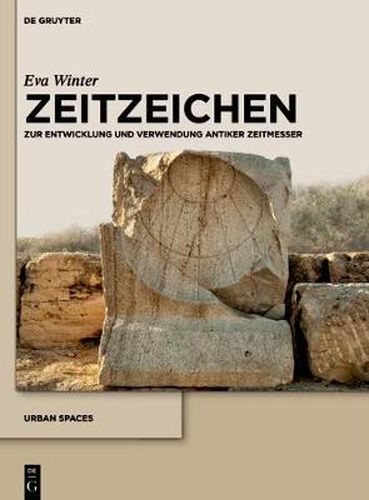Readings Newsletter
Become a Readings Member to make your shopping experience even easier.
Sign in or sign up for free!
You’re not far away from qualifying for FREE standard shipping within Australia
You’ve qualified for FREE standard shipping within Australia
The cart is loading…






Shaping, measuring and perceiving time has become crucial within the social fabric of most cultures. The book explores from the fifth century B. C. to late antiquity what types of chronometers came into use and how they measured time; when, where and why they became part of the societies of Greece and Rome; and by and for whom they were commissioned, designed and set up. For this purpose for the first time, some 500 chronometric instruments and their inscriptions from all over the classical world have been brought together to scrutinise questions such as form, typology, chronology, setting, function and context. Sundials constitute the majority of the material (c. 80%), followed by various types of chronometers, mainly water clocks. The particular contextual approach made it possible to define individuals and groups of people linked to time measurement; and, in consequence, to determine at least some of the primary functions of the chronometers set up in the societies of ancient Greece and Rome.
$9.00 standard shipping within Australia
FREE standard shipping within Australia for orders over $100.00
Express & International shipping calculated at checkout
Shaping, measuring and perceiving time has become crucial within the social fabric of most cultures. The book explores from the fifth century B. C. to late antiquity what types of chronometers came into use and how they measured time; when, where and why they became part of the societies of Greece and Rome; and by and for whom they were commissioned, designed and set up. For this purpose for the first time, some 500 chronometric instruments and their inscriptions from all over the classical world have been brought together to scrutinise questions such as form, typology, chronology, setting, function and context. Sundials constitute the majority of the material (c. 80%), followed by various types of chronometers, mainly water clocks. The particular contextual approach made it possible to define individuals and groups of people linked to time measurement; and, in consequence, to determine at least some of the primary functions of the chronometers set up in the societies of ancient Greece and Rome.